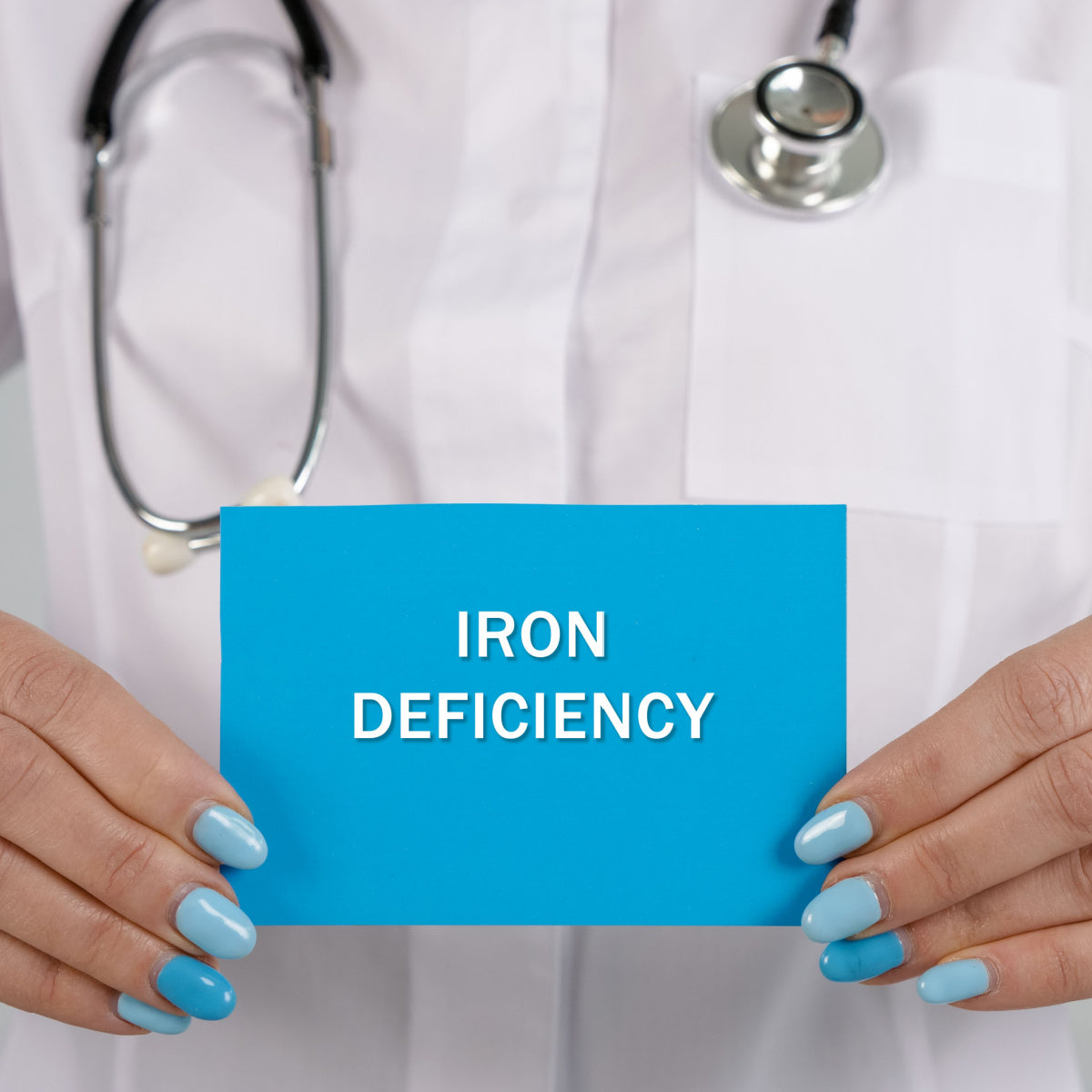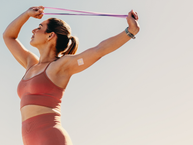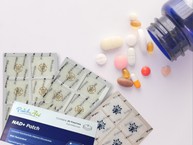Iron-deficiency anemia is common in the U.S. and worldwide, and your healthcare provider may suggest a dietary supplement to prevent or overcome it. Iron pills are known for their unpleasant gastrointestinal side effects, so you might be wondering if there are alternatives. PatchAid Iron Patches contain iron and do not require you to take any iron orally. Ask your healthcare provider with help for iron-deficiency anemia and when choosing any nutritional supplement.
Who Gets Iron-Deficiency Anemia?
In the U.S., most people would point to an obesity problem, which is a problem of overnutrition. Since food is relatively abundant here, you may think that you are not at risk for a nutritional deficiency disease like iron-deficiency anemia. But the truth is that the U.S. also has a problem of undernutrition. Though we may consume too many calories on average, we don’t always get enough vitamins and minerals.
These are some people who are at risk for iron-deficiency anemia.
- Weight loss surgery patient
- Women of child-bearing age
- Growing children and teenagers
- People on a plant-based diet
- Older adults who do not eat a varied and nutritious diet
- People with malabsorptive conditions, such as celiac disease
- Athletes or people who exercise intensely
- Pregnant women
If you are not sure about your risk, it is good to check with your doctor. It is possible that your provider may agree that a PatchAid Iron Patch is a good idea for you.*
Signs of Iron-Deficiency Anemia
Iron is an essential mineral with many functions in the body. They include supporting normal antioxidant activity, maintaining a normal immune response, and being essential for normal energy production. Iron is also the part of hemoglobin, in red blood cells, that carries oxygen to cells in your body.
With so many functions, it is not surprising that iron deficiency can have many symptoms. These are some classic ones.
- Increased heart rate
- Fatigue
- Trouble exercising intensely or inability to do so
- Increased risk for infections, including the common cold
- Brittle nails
- Excessive feelings of cold
- Rapid breathing
Since you may not have strong symptoms of anemia, and since the signs of iron-deficiency anemia are similar or identical to signs of other types of anemia and other health conditions, it is best to ask your doctor if you are worried. A few blood tests can give your healthcare provider some clues about your condition and how to address it.
Food Sources of Iron
Iron is in many foods naturally, and is also added to some foods during a fortification process. These are some sources of iron.
- Beef
- Liver
- Chicken
- Shellfish
- Fish
- Beans and lentils
- Nuts and seeds
- Egg yolks
- Raisins
- Fortified cereal
- Fortified grains and grain products, such as rice, bread, and pasta
Animal-based sources of iron, such as meat and fish, have a type of iron called heme iron. It is easier for your body to absorb and use. Plant-based sources, such as spinach and beans, only have non-heme iron. Absorption of this type of iron can be enhanced with factors such as vitamin C, but can be inhibited with factors such as oxalates and phytates, which are in many common foods and beverages such as coffee.
Food versus Supplements for Iron-Deficiency Anemia
There are clearly a lot of food sources of iron, including plant-based sources, low-carb sources, low-fat sources, and sources for every type of diet. So can someone with iron-deficiency just turn to iron-rich foods?
It turns out that iron supplements tend to work better for overcoming anemia. This may be because supplements can have greater amounts of iron compared to normal amounts in foods. Because of this, it is important to talk to your healthcare provider about the right supplement for you. It may be an Iron Topical Patch.
How Iron Patches Work
PatchAid has the Simply Iron and Iron Plus Topical Patches. You can simply stick them onto your skin and allow the nutrients to enter your bloodstream transdermally. The Simply Iron Patch has iron and vitamin C. The Iron Plus Patch has iron, vitamin C, vitamin A in the form of beta-carotene, and an antioxidant called astaxanthin.
These iron patches may do the following.*
- Support healthy red blood cells.*
- Protect cells against damage from free radicals.*
- Support normal immune function.*
The nutrients go right into the bloodstream across the skin. They are activated to leave the matrix of the adhesive patch when heat from the skin hits the matrix. Once in the bloodstream, iron can be transported to the places in the body that need it. You can leave the patch on for up to 8 hours before removing and discarding it.
Iron Patches vs. Pills
Iron pills are famous for being constipating or for causing nausea or diarrhea. Iron patches deliver nutrients transdermally. They avoid the digestive system and do not cause any gastrointestinal discomfort related to digestion.
With vitamin patches:
- You do not need to worry about taking them on a full or empty stomach.
- It is okay to use multiple patches at once, provided your healthcare provider agrees.
- You can be sure you won’t get an upset stomach due to digesting nutrients.
- You do not need to swallow pills or liquids when taking your vitamins.
Iron-deficiency anemia can make you tired and have other effects, but iron supplements can help your body maintain normal levels of iron in the body.* When choosing a supplement, factors such as convenience, comfort, and other ingredients are important. PatchAid Iron Patches are easy to use, and they carry no risk of gastrointestinal side effects from digestion. Ask your doctor if the Simply Iron or Iron Plus Patch may be right for you. Getting over iron deficiency can make you feel a lot better!
*The Food and Drug Administration has not evaluated these statements. PatchAid patches are not intended to diagnose, treat, cure or prevent any disease. Anyone with a medical condition should seek the advice of a licensed medical practitioner. Individual results may vary.







